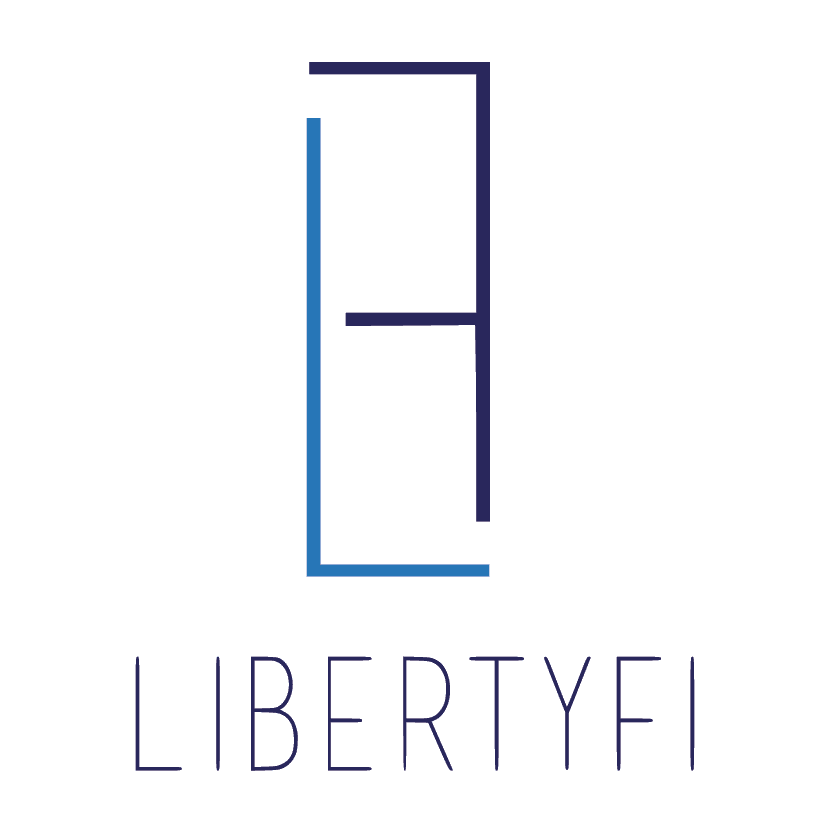To deliver superior client experiences, RIAs need a seamless operation. While reporting is an important part of satisfying clients, other more labor-intensive functions are equally important for retaining clients and advisors:
- Billing administration and payouts
- Compliance oversight
- Portfolio management
By outsourcing and automating these functions with technology, RIAs can relieve advisors of repetitive, non-value-adding tasks, so they can focus on keeping clients happy.
Streamlining the Billing and Payout Process
Billing can be time-consuming and error-prone, especially if you’re focused on growth. Instead of having advisors send invoices, collect fees, and pay vendors, RIAs need a billing administration system that automates most functions. It should include functions that:
- Notify advisors when to move cash.
- Bill clients.
- Automatically collect client fees.
- Automatically debit a single client fee to pay custodians, managers, advisors, and vendors.
Billing should automatically occur at any account date and for all account-related activity, including:
- Account creation and termination
- Withdrawals
- Contributions
- Structural changes with third parties like managers
By using a billing administration system, RIAs can create a streamlined process that allows advisors to focus on attracting prospects and serving clients.
Paying Advisors What They’ve Earned
Many firms use different allocations and splits to pay advisors. These can be complex and difficult to manage.
With a payout management system, allocations can be configured and processed automatically to ensure that advisors receive the fees they’re due, regardless of the pay structure complexity. Firms can support multiple custodians and pay each advisor efficiently and on time.
Promoting a Culture of Compliance
The SEC has expanded its auditing process to promote a culture of compliance within financial services by:
- Driving program efficiencies through process and technology.
- Realigning internal staffing to address the coverage rates for RIAs.
- Increasing training and onboarding of experienced subject matter experts.
Advances in technology and the adoption of a data-centric approach have made it fast and easy for auditors to comprehensively inspect even the smallest firms, regardless of their locations. The auditors don’t start their investigation looking for specific problems. They want a complete picture of the data that they can examine for inconsistencies and inaccuracies.
After their initial analysis, auditors often pose additional questions that probe more deeply into their areas of investigation and potential problems. It’s not uncommon for SEC audits to last for several months.
Firms using a unified wealth management platform may have an easier time navigating an audit because they can pull data more quickly and easily than a firm that has to manually piece together data from multiple reports and providers, a resource-intensive process.
To minimize the pain and disruption of an audit by the SEC, newly formed RIAs and those that have not been examined for some time should prepare now and ensure their portfolio accounting system do the heavy lifting easing the burden on the RIA.
Managing Portfolios More Efficiently
To increase clients’ tax efficiency and better meet investors’ objectives and risk tolerances, advisors need powerful portfolio management capabilities.
Many advisors spend the first three quarters of the year managing portfolios to achieve specific outcomes without regard to tax. In the fourth quarter, they examine the tax consequences of their strategy and create plans to mitigate taxes. By realizing losses at any time during the year, not just at year-end, advisors may be able to deliver additional client value.
With access to gain/loss reports at the account and position level across an entire book, advisors can globally harvest tax losses for a specific position or portfolio if needed. They can also realize losses in bulk for accounts traded by third-party managers like unified managed accounts (UMA) and separately managed accounts (SMA).
By slashing the time needed to sell out of multiple positions and buy similar securities, advisors can help ensure that clients don’t miss out on market movement during the 30-day hold period required by the SEC.
Pursuing Multiple Portfolio Strategies Based on Clients’ Needs
Investment advisors can pursue multiple strategies based on the investor’s objectives, diversification needs, timeline for investing, and capacity for risk by pooling a variety of investments with different objectives within a UMA. This contrasts with an SMA, which supports just a single asset allocation strategy.
Because UMAs give the advisor the ability to run multiple sleeves within one account at the registration level, advisors can automate activities such as rebalancing and cash flow management, among other services. They can also streamline paperwork, simplify fees, and promote sophisticated tax management.
Summary
Although streamlined operations are essential to a successful RIA, not many advisors have the expertise or time to manage these processes.
With Envestnet’s connected ecosystem of financial services tools and help from LibertyFi, advisors can configure workflows to meet their needs and automate most of the functions, creating a streamlined process that allows advisors to focus on what they do best: attracting prospects and serving clients.
LibertyFi has the experience and expertise to configure the Envestnet system to meet your needs. For more information, contact Alli Jordan.
